Dhaka, Jan 15, (V7N) – Dhaka has once again emerged as one of the most polluted cities in the world, ranking second globally this morning with a staggering Air Quality Index (AQI) of 251. This categorization places the air quality firmly in the "Very Unhealthy" range, signifying severe health risks for the city's 22 million residents, particularly vulnerable groups such as children, the elderly, and individuals with preexisting health conditions.
Global Air Quality Crisis
Delhi, India, retained its unenviable position as the world's most polluted city with an AQI of 259, while Lahore, Pakistan, ranked third at 215. These figures highlight the shared struggle of South Asian cities in combating hazardous air pollution levels, driven by a combination of rapid urbanization, industrial emissions, and vehicular pollution.
Dhaka’s Pollution Profile
The primary pollutant in Dhaka’s air remains fine particulate matter (PM2.5), measured today at an alarming 176.4 µg/m³—35.3 times higher than the World Health Organization's (WHO) annual guideline of 5 µg/m³. PM2.5 particles are of particular concern due to their ability to penetrate deep into the lungs and bloodstream, leading to severe respiratory, cardiovascular, and systemic health issues.
Seasonal Woes and Contributing Factors
The city's air quality worsens significantly during the winter months, primarily due to emissions from brick kilns, construction activities, vehicle exhaust, and the burning of biomass for heating. Compounded by stagnant atmospheric conditions and a lack of rainfall, pollutants remain suspended in the air for extended periods, exacerbating health risks.
Health Implications
Exposure to "Very Unhealthy" air can lead to immediate respiratory issues, eye irritation, and exacerbation of chronic diseases such as asthma and bronchitis. Long-term exposure significantly raises the risks of stroke, heart disease, and lung cancer. Air pollution is a leading contributor to global mortality, accounting for an estimated 4.9 million deaths annually, as per the Institute for Health Metrics and Evaluation (IHME).
Experts stress that immediate and coordinated actions are essential to curb Dhaka’s alarming pollution levels. Recommendations include:
Stricter Emission Standards: Enforcing stringent controls on brick kilns, factories, and vehicles.
Public Transport Investments: Promoting mass transit and reducing dependency on private vehicles.
Green Urban Planning: Increasing green spaces to act as natural air purifiers.
Clean Energy Adoption: Transitioning from fossil fuels to renewable energy sources.
Global Context
While Dhaka grapples with these challenges, other cities face similar crises:
Delhi, India: AQI 259 – "Very Unhealthy"
Lahore, Pakistan: AQI 215 – "Very Unhealthy"
Hanoi, Vietnam: AQI 210 – "Very Unhealthy"
Cairo, Egypt: AQI 209 – "Very Unhealthy"
With a focus on sustainable practices and innovative solutions, Dhaka can pave the way for a healthier future. However, time is of the essence. Without urgent interventions, the human and economic toll of sustained air pollution will continue to escalate.
This data serves as a wake-up call for local and global stakeholders to prioritize air quality as a critical component of public health and urban resilience.
END/CLM/RH/



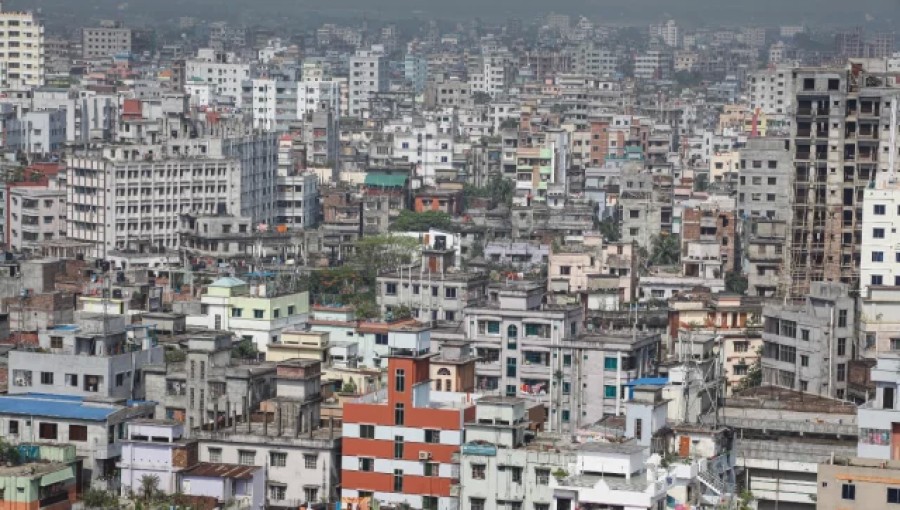
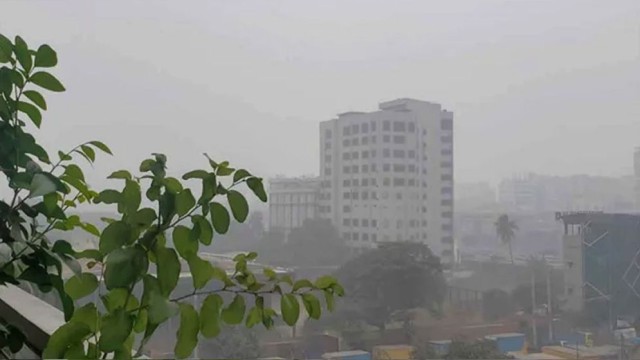
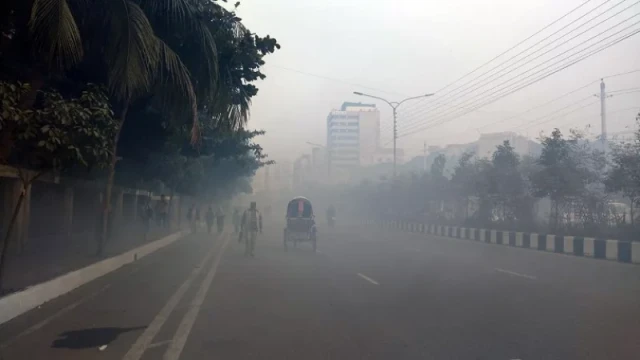
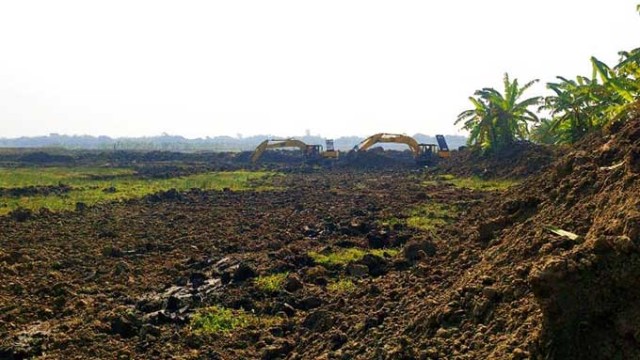
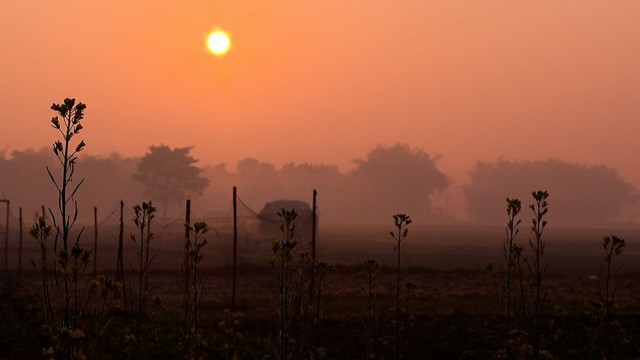
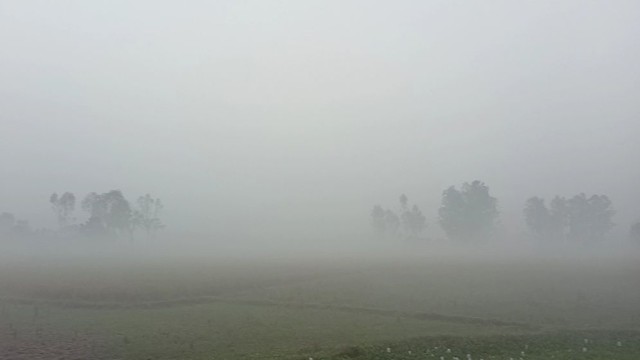
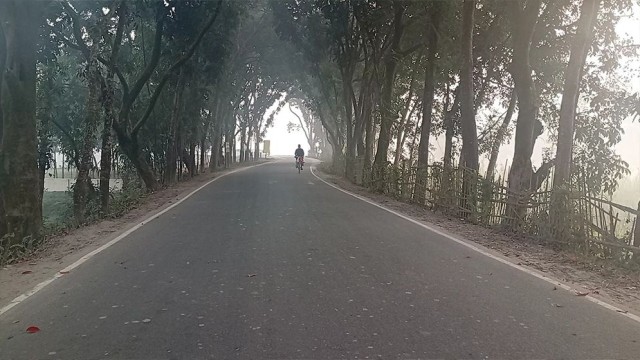




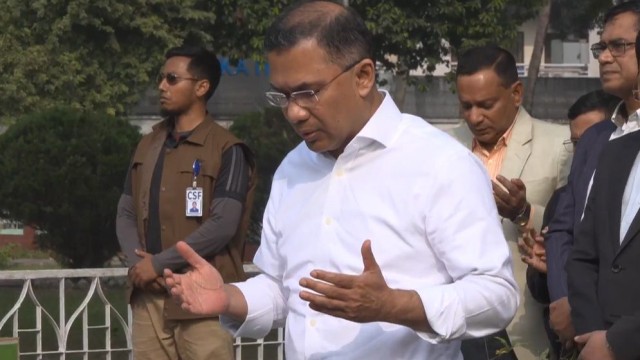
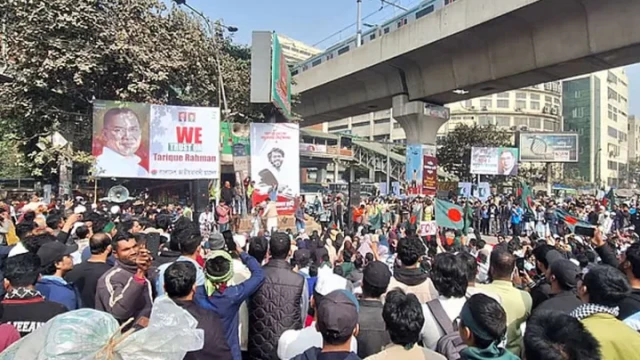


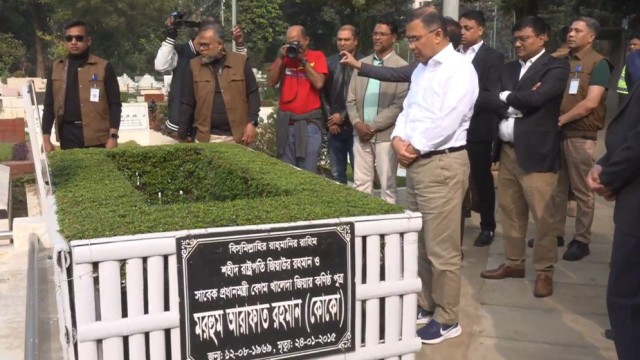









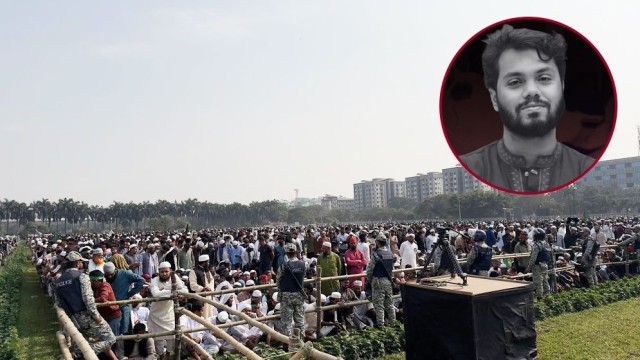
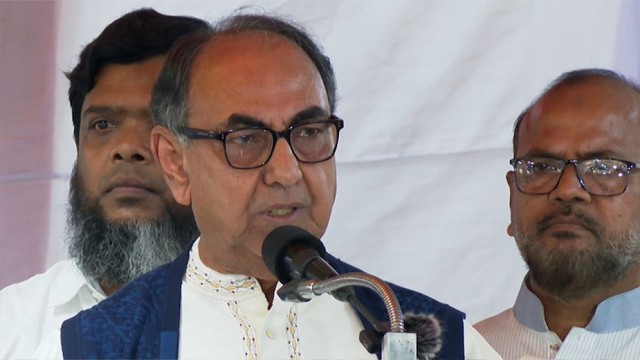

Comment: